Bona Fide Island Junkie, Foodie, Gymrat and Sponge for Knowledge
Don't wanna be here? Send us removal request.
Text
Still Clear as Mud, but I smell rain...Blog 4

Sociolinguisitic community versus Sociorhetorical community...okay, so maybe the material this week was drier than a pack of saltine crackers with no milk or water. Look, the author John Swales makes a strong case for discourse communities, makes clear distinction between speech communities and discourse communities, lays out identification criteria very methodically, and even gives examples of such conceptualized “communities”. It can be said that we, here in this class, could be classified as a discourse community, since we do not speak nor follow common criteria for a speech community. We are developing our own lexis the more we post here and reflect on our readings, we have common goals of succeeding in this class, and share this Tumblr medium to communicate and share our rhetoric.
As far as the Critical Response goes, depending on what your research question is, changing your audience could DRASTICALLY change how your source will be utilized or even whether it is relevant to the new audience or not. It was entertaining and fun to imagine how this “new audience” would react to the summary “repainted”...which brings me to the subject of reach. In advertising terms, the predetermined reach of an ad campaign is influenced by three factors: timing of release, past performance of similar campaigns, and dissemination. For example, a “standard” reach of a direct mail piece is 1 in 100, or a single person is likely to respond favorably to 100 mail advertisements sent. Reach in literary terms is different and not formulaic, but rather relies more on how certain audiences choose to “digest” their reading (ie. media format such as iPad, Kindle, Nook) which is harder to measure, other than digital purchases and customer reviews. So my question is, writing to a specific audience is one thing, but being able to reach them with your content is another!
4 notes
·
View notes
Photo
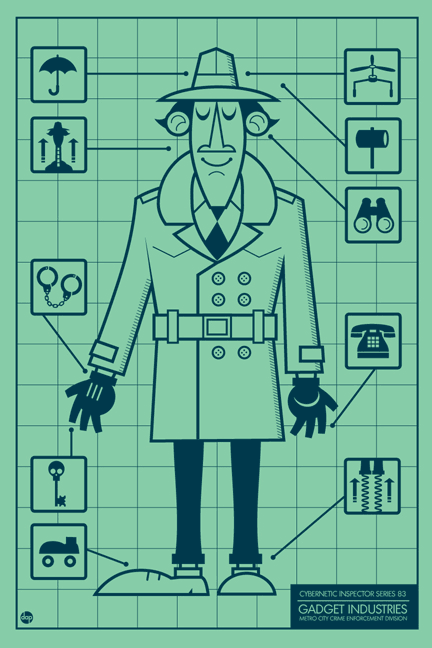
Beginning to see beneath the surface...Blog III
First, I am going to whine because in my well-ordered world of corporate construction sales, everything fits in a scheduled timeline, projects have parameters, tools have their tool crib, blueprints are diagrammed with a layout and legend, but the reading selections this week were truncated on both sides of the scan for each document, leaving this reader with disjointed sentences and words, subtracting from the flow of the writing. I became preoccupied with deciphering the chopped words instead of gathering the meaning and context of the documents, forcing me to reread them several times to glean the “hidden” concepts.
Having sniveled for a moment, The Naming of What We Know series of excerpts look beneath the surface of writing (as reflected in my choice of Inspector Gadget under X-Ray above) to be considered as rhetoric. It refers to writing as the act of creating ideas, an act of thinking, invokes an audience and sets a role for them, is linked to identity, and is multimodal as it creates and recreates meaning. I ponder these aspects of writing as I continue my search for research sources to add character and simultaneously narrow my research question, as well as recover from the drive down to Houston, 4 days of sales training and networking, and the subsequent drive back to the Metroplex. My workouts have been hurried, my diet, while clean and consistent, has left me feeling flat and empty, and spinning so many plates between family, work and school has left me thin, “like butter scraped across too much bread...”
youtube
Now that I have let y’all “look under my hood” for a moment, I did find the concept of how the Digital Age brings into question the distinctions between the audience and the writer to allow for greater agency, or in my own words, the interchange of roles like here on Tumblr, where a post can add a reply can add another reply, which can in turn spur a post in a different direction altogether, engaging the reader to become the writer to become reader again.
10 notes
·
View notes
Text
Bianca, I was spurred on to reevaluate my research topic after reading your post about Greene’s “Argument as Conversation”, and point out that, like you mentioned about his three factors, the writer of one of my sources intentionally thinks differently than he expects his readers to think, and approaches his topic with the expectation of leading them through various contexts to allow the audience to make a connection with his conclusions. His examples made me begin searching supporting examples to verify the depth of his arguments, only to find myself confirming the track the writer was on. I agree what I am learning will continue to be used throughout my college journey.
Blog post #2
I’ve been sitting at the library for a couple hours now trying to figure out what topic I would use as my research topic. I am a nursing major so I was looking at topics about cancer,aids, and anemia and then I thought to myself that it would be the same science facts you read in science books. I wanted to do something more interesting and stuff that I have seen in the past. I went ahead and spent hours with my head spinning with frustration because I just could not decide what topic to proceed with. Therefore after reading this weeks reading it helped me make my decision to make my topic about child abuse. I chose this topic because I know many people that have been abused by their caregivers and I always wondered if they would turn out to abuse their children. This research got me very interested. You can say that this weeks reading really opened up my mind. When I read I learned hat Greene expresses three factors that help you point out how to start a conversation and and argument. The first was the issue which means that what the writer thinks may not be the same as what the audience may think. Now this can be a good thing because it may grasp the audience attention because they may either think your wrong or may think that you are right, that’s when you prove yourself right with the second factor which is the situation. The situation is you have to have the context to the situation. Now this to me has got me thinking that you need to have a proof of evidence for the research so that you can argue your point of view. If you don’t have the correct evidence to prove your point then there is no proof of your research. The third is the forming of the question. Now this is he fun part. Forming the question should be fun because you get to choose the topic of your choice. When you form the question you have to make sure that you can make an argument out of it. After reading and learning all his new information I went ahead and choose my topic and I found the proper evidence that proves my argument. Greene stated a lot of things that I did not know and that I did not learn from English 1301. Using what I read and what I learned from this passage I will use it now for the rest of my college career.
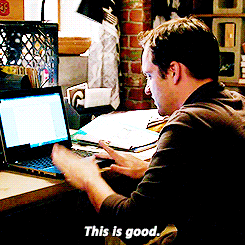
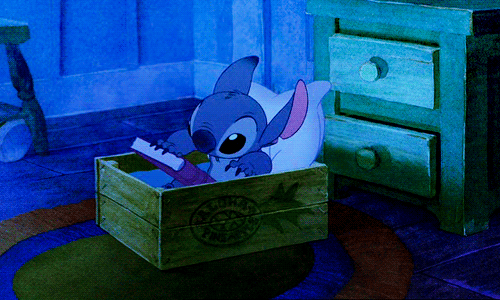
9 notes
·
View notes
Video
youtube
Still lacking confidence, but here’s Blog #2
This is about the reading: Argument as Conversation. The author presents a different way of examining both research and argument, re-positioning it as conversational with an outcome of reaching new knowledge via a social process...and here it was I thought I was uncomfortable with my FIRST post. [SMH] Stuart Greene asks the reader to reevaluate our definitions of both argument and conversation, then goes on to make a case for how each of us do this organically by means of social interaction. He admonishes us to be critical in our sources and put into context the conclusions or dilemmas each faced, and to use research as a means of “advancing the conversation”.(pg. 11) To actualize this here in this post, sometimes culture can be a barrier to questioning sources or “authority” and can hamper of even halt a research process that leans heavily on a social/conversational process. On the other hand, challenging cultural barriers may be the very intent of this methodology, and thereby arrive at new conclusions, new problems to argue or solve, or perhaps revitalize a “cold case of inquiry” with new perspective and mental bravery that would otherwise be discouraged or “socially policed” within that culture.
The above video clip is simply a representation of both my willingness to embrace my fear of digital rhetoric/composition, as well as my discomfort of “questioning the inquisitor”.
Greene illustrates his conversational method through osmotic reference of “Hunger of Memory” by Richard Rodriguez, and Rodriguez’s reflection of “the scholarship boy” anecdote contained in the work “The Uses of Literacy” by Richard Hoggart. In this particular passage reference, we, the readers have an opportunity to review, side-by-side, both Hoggart’s divulgence and Rodruiguez’s comments and context...leading Mr. Greene to ask us readers some probing questions about our perspectives and conclusions about the “scholarship boy” upon review to demonstrate his concept of framing. Once establishing this baseline, Greene continues with another example of framing from a different author.
***BREAK***
It is at this point where I am unsure whether I am supposed to answer the questions contained in the reading like an assignment, or if this reading was meant to spur and generate independent thought, so like the girl on the diving board...I am jumping in without pondering. I find myself curious and interested in this concept of conversational argument, how it will influence my writing going forward, and discovering what new insights and new methods of critique I can with the use of framing.
4 notes
·
View notes
Photo


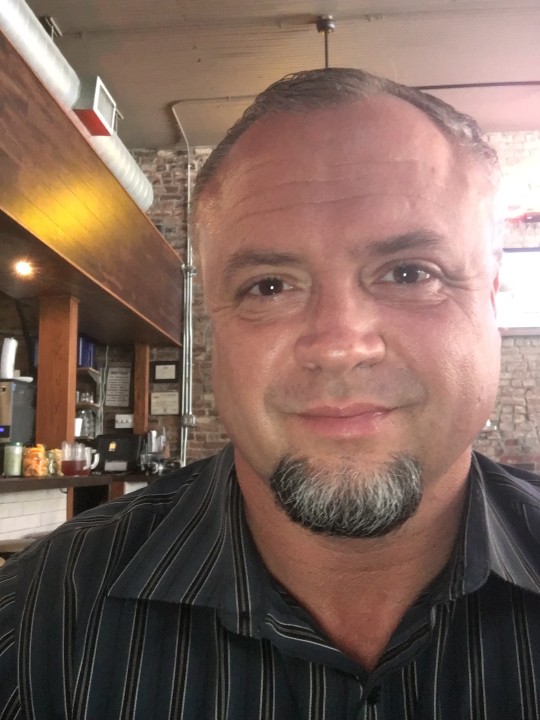
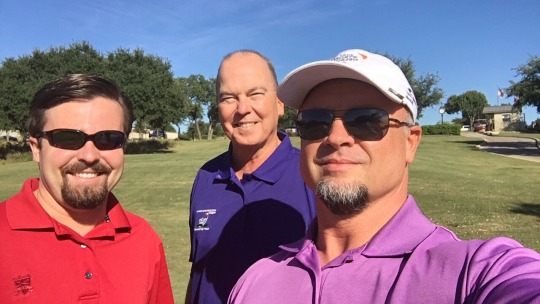
OK, I probably suck at selifes, but after the reading we had on selfie taking and the mastery of it, I wanted to create a baseline
2 notes
·
View notes
Text
Gen X Noob attempts first blog ever...
Talk about paradigm shift, I have mixed emotions (mostly fear and trepidation, sprinkled with excitement and anticipation) about engaging in a learning methodology far outside my comfort zone. To put thoughts to paper, to form an argument and support it with facts, often called “Traditional Paper” composition is my foundation, having returned to college last year after a 20-year hiatus to build a career and raise a family. While I understand the necessity to step out into the fringe of fear to discover novel concepts and methods, it leaves my cognitive dissonance yet unresolved.
My name is Baylen Sebastian Kennedy (please call me Sebastian) and I live in McKinney, Texas with my wife of 20 years and my youngest daughter, a senior in High School. My three other children are 25, 23 and 20, all out of the house and on their own, so I am nearly an “empty-nester”, once my daughter departs for the University of Arkansas in the Fall. I work full-time as an Area Sales Manager for a Made-in-USA manufacturer of construction supplies for the Electrical Industry, and I cover all of North & East Texas, plus manage a Representative Agency that handles Central and Deep South Texas, as well as mentor two new Sales Associates preparing to deploy in the Gulf Coast market. I drive 50,000+ miles a year and DO NOT DRIVE AN 18-WHEELER, which means alot of windshield time, essentially turning my company car into a mobile office, complete with iPad Air2 and hands-free cell-comm. I have returned to college to finish my degree and promote to management with my current employer, since they are reimbursing me most of my tuition each semester for my coursework.
As far as my relation to the Course Strands are concerned, I haven’t had a composition course since 1993, where America Online and Prodigy were your only choices for ISP’s unless you worked for the government, so much has changed...in medium, not in basic writing skills or structure. Having attended online classes with UTRGV these last two semesters, I have some familiarity with digital research as well as hands-on, but feel I am good enough to get better. Rhetoric is something I am doing independent research on, and am currently knee-deep in The Trivium by Sister Miriam Joseph (Grammar, Logic & Rhetoric--> the bedrock of the Liberal Arts), because I recognize the need to expand my ability to communicate on several different levels, to different cultures and perspectives, when making a succinct point or cogent argument. Analysis, on the other hand, may be my weakest Strand, and it is here that I endeavor to grow and improve the most by means of this course.

4 notes
·
View notes